I have couple of problems with my UITableView.
When I add a
UITableviewon my page, by default it brings up some fixed number of rows, even though I set number of rows in section as1. All the rows appear except the first row, and all are empty rows. So, I want to hide all the empty rows in theUItableview.Based on the non-empty rows, I want to change the height of my
UItableView.
